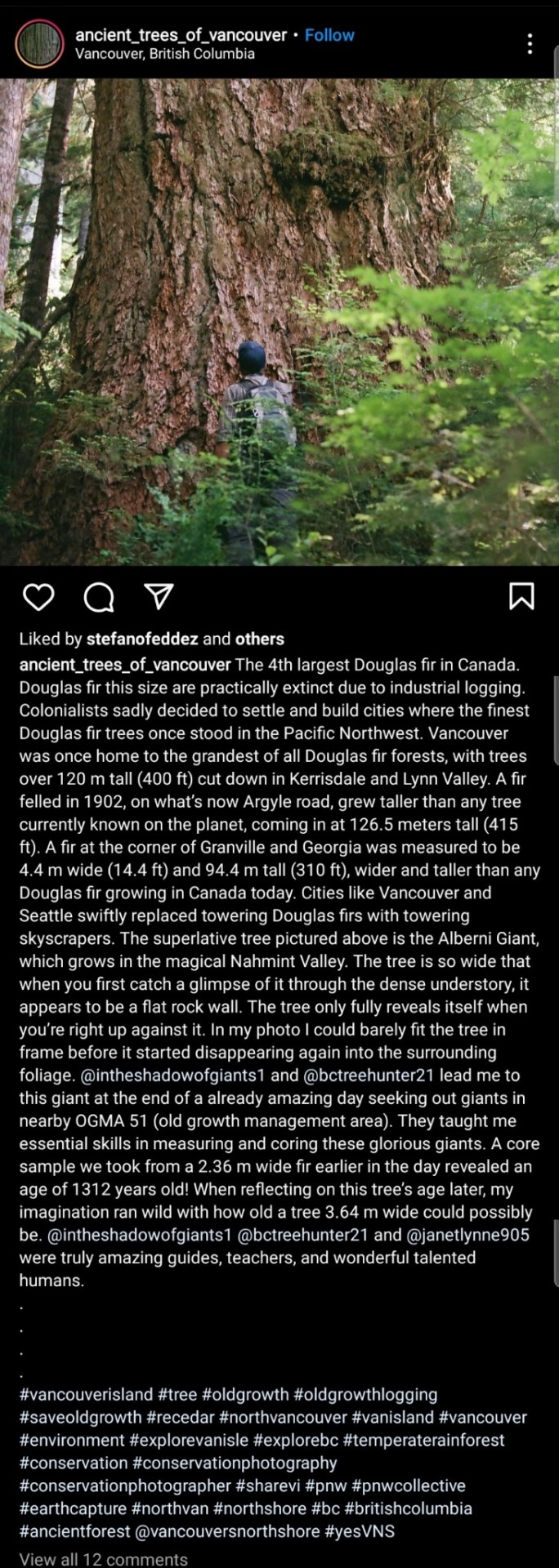#pnw history
Text

Mount Rainier National Park Archives Photo of the South Blockhouse in 1930.
#HistoricMountRainier The design of the Sunrise area departs from the “NPS Rustic” style set by the Longmire Area, and is instead inspired by early territorial outposts of the Pacific Northwest. Two “blockhouses”, a visitor center, and a stockade fence that hides the area’s utility yard are collectively known as the Yakima Park Stockade Group. The Stockade Group is separately designated as a National Historic Landmark for its architectural significance in addition to being part of the Mount Rainier National Historic Landmark District.

Mount Rainier National Park Archives Photo of the Sunrise Visitor Center under construction circa 1943.
The Stockade Group was not built simultaneously. The South Blockhouse was one of the first buildings to be built in the area in 1930. It served as an interpretive center and ranger station until the visitor center was built in 1943. The North Blockhouse was completed in 1944. Both blockhouses currently serve as employee housing.

NPS Photo of the Yakima Park Stockade Group in 2015.
Have you visited Sunrise during the summer and stopped in the historic visitor center?
#mount rainier national park#mount rainier#Sunrise#Sunrise Visitor Center#Yakima Park Stockade Group#national historic landmark district#national historic landmark#history#architecture#PNW History
34 notes
·
View notes
Text

"Grunge fans should check out Stomp and Shout, a meticulously detailed early history of Northwest R&B and rock and roll. Blecha presents a fascinating narrative of the globally influential garage bands that also inspired Sub Pop Records. Highly recommended!"
6 notes
·
View notes
Photo
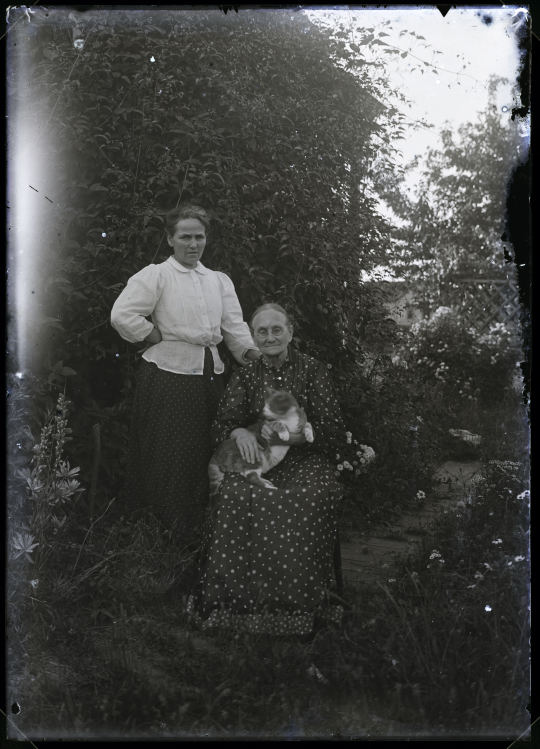
Two women, names unknown. Photo taken 1904-1906. Published by the Oregon Historical Society. Photographer unknown.
3 notes
·
View notes
Text
"A more substantive wave of Chinese migration to the Pacific Coast of the United States occurred over a half century later, in a more direct consequence of Western imperialism. Eager to control trade in Asia and to force open new markets, the British and other Western powers waged two wars with China known as the Opium Wars. The first was fought from 1839 to 1842 and the second from 1856 to 1860. China lost both wars and was forced into a series of unequal treaties that opened ports to foreign commerce, ceded Hong Kong and other territories to Western control, and granted extraterritoriality to British subjects and their allies operating in China."
- Seattle from the Margins (2022) by Megan Asaka, p. 32-33
Hmmm...now where have I heard recently about the US citing the control of trade as a valid reason to bomb certain parties exercising their right to sanction against commissions of genocide...
0 notes
Text
In 2021, Lin, a molecular evolutionary biologist, was working as a postdoctoral fellow at the Smithsonian Institution’s National Museum of Natural History in Washington, DC when she came across a Hakai Magazine article about some very important, very furry little dogs. In February of that year, we published a feature by Virginia Morell about the wooly dog, an extinct dog breed domesticated by the Coast Salish people long ago. On the shores of the Pacific Northwest, Coast Salish people bred, raised, and sheared these dogs, using their wooly hair to weave blankets that were at once practical—the region is cold and damp—and symbolically and culturally significant.
Lin was stuck at home because of COVID-19 restrictions when she stumbled upon Morell’s story on social media. Like many people, Lin had never heard of wooly dogs and was unaware of the longstanding Coast Salish practice of canine husbandry. The piece piqued her interest. She was hooked by the image conjured in the story: “of these flocks of white hairy dogs surrounding a powerful woman.”
But to Lin, one detail in the story stood out above the rest: the tale of Mutton, a dog whose pelt, it turned out, had spent more than 160 years housed right where she worked.
1 note
·
View note
Text

Robert W. Patten, the Iconic Seattle Street Character Known as the Umbrella Man
Robert W. Patten (1832–1913) was an American eccentric from Seattle, Washington. Few people in Seattle knew much about his past and he was seen as eccentric because of his lifestyle and outrageous claims. He lived on a houseboat, walked around town with an umbrella on his head and spent most of his time outdoors. He claimed to have been a significant historical figure in his own right rating alongside Buffalo Bill and Kit Carson.
1 note
·
View note
Text
something something american necropolitics the tillamook county creamery association found online on tillamook dot com that sells many dairy products in the united states under the brand name tillamook has no relationship and makes no acknowledgement of the tillamook people from whom it get its name. the name comes from the chinook translation of the people of nehalem. early contact with european sailing ships is dated to the 1770s. in 1805 lewis and clark's "discovery" expedition noted at the time that many large villages had been depopulated by pandemics and many adults had smallpox scars. this followed a period of fur trading with the involvement of hudson bay corporation. in 1850, the us govt passed the oregon donation land act, announcing over 2,500,000 acres of land as available for settlers to seize, which happened in patterns whose violence mirrors that of the continent. there was no treaty. in 1907, the tribe sued and was paid 23,500 dollars for the land the us govt has seized from them when it forced them onto the siletz reservation. the tillamook language is a salishan language that lost its last fluent speaker in 1970. many descendants are considered part of the confederated tribes of siletz. other nehalem are part of the unrecognized clatsop nehalem confederated tribes. the nehalem-tillamook were also socially and economically integrated with the clatsop peoples. today the town of tillamook has a population that is only 1.5% native american. the modern day corporation started as a settler coop created in 1909. it is the 48th largest dairy processor in north america and posted $1 billion in sales in 2021.
#sometimes i see an interesting word or name in the us and inevitably its history is something like this#but i hadn't seen an actually brand named after a tribe yet that made no acknowledgement of it#pnw#<- idk local history tag
1K notes
·
View notes
Text

A group of entomologists stop for lunch somewhere in the Cascades
Oregon
1975
#vintage camping#campfire light#oregon#PNW#cascade mountains#washington#BC#entomology#camping#history
588 notes
·
View notes
Text

Rural Decay
Brownstown, Washington - April 2024
Photographer: Chris Rummel
#photographers on tumblr#original photograph#original photography#original photographer#pnwphotographer#washington state#pnw#nikon#decay#abandoned#history
248 notes
·
View notes
Text
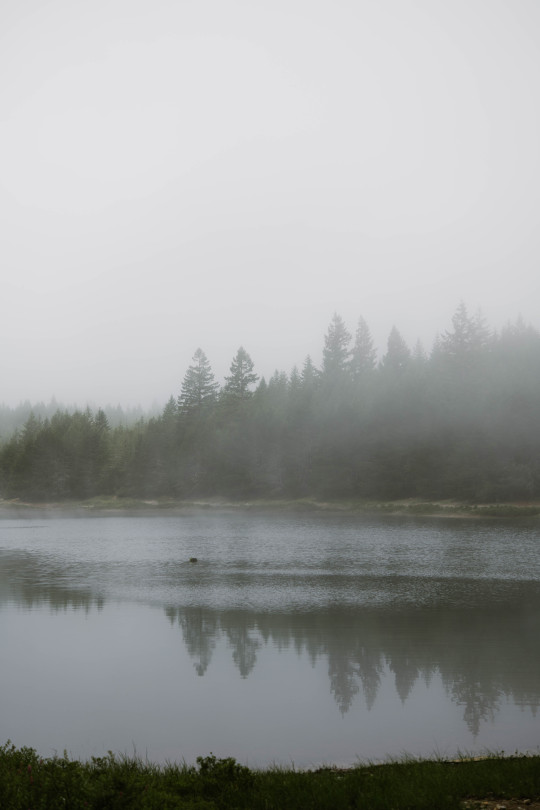

Nathaniel Sargent Lake and Rodney White Slough. These two bodies of water previously had racist names given to them but were recently renamed to honor two black pioneers
#history#fog#lake#landscape#forest#nature#beauty#photographers on tumblr#artists on tumblr#original photographers#original photography#photography#aesthetic#Washington#pnw#westcoastbestcoast#art#pacific northwest#explore#travel#cottagecore#naturecore#grandmacore#p#tahuya#seabeck
435 notes
·
View notes
Text

“When you bite into a Washington apple, you’re getting a taste of history. Amanda Van Lanen has done an admirable job of harvesting that history, showing us how Washington’s most iconic fruit has been picked, packed, marketed—and industrialized to its core.”
14 notes
·
View notes
Photo
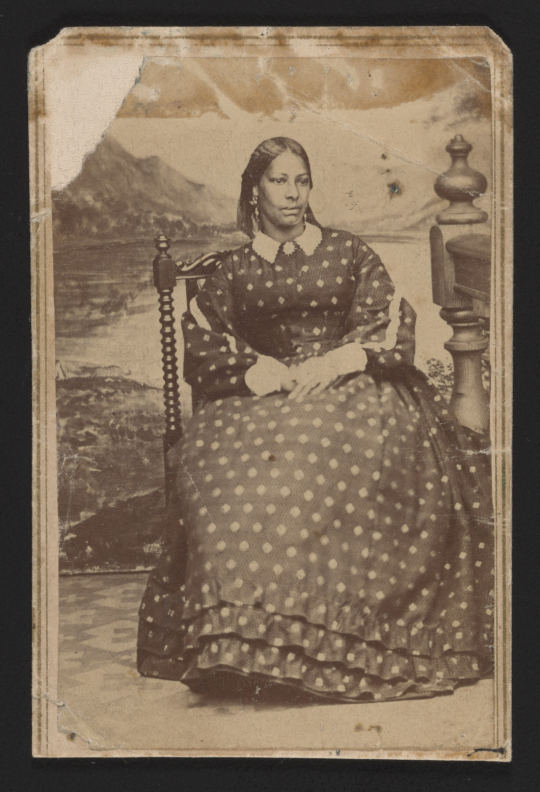
Matilda Booth Thatcher. Photo taken 1863-1866 by Carlo Gentile. Published by the Oregon Historical Society.
2 notes
·
View notes
Text
There was the time when the Washington State Legislature banned “aliens” — including people of Japanese ancestry — from leasing land in the 1920s. It was a Yakama tribal member who told the family not to worry, that they could farm a portion of his land.
There was the time when the Inabas returned home to Wapato after they were detained in a government internment camp during World War II. Amid widespread discrimination, another Yakama man carved out a parcel so that the Inaba family could rebuild their farm.
“If it wasn’t for the Indian nation, we would never have been able to be here,” Shiz Inaba, 93, recalled telling Mr. Inaba, her son.
0 notes
Text

Old military battery at Fort Flagler
#artists on tumblr#original photographers#original photography#pacific northwest#washington#pnw#nikon#orofeaiel#fort flagler#military history#abandoned places#abandoned buildings#liminal spaces#liminal reality#marrowstone island
55 notes
·
View notes
Text
COOL SNAIL ALERT!!!!
Okay, so yesterday I was teaching my Introduction to Mycology Class for Wildcraft Studio School at Tryon Creek State Natural Area just south of Portland, and while our main focus was on various fungi, we found some other cool stuff along the way, too!
One of the highlights of my day was this particular snail:
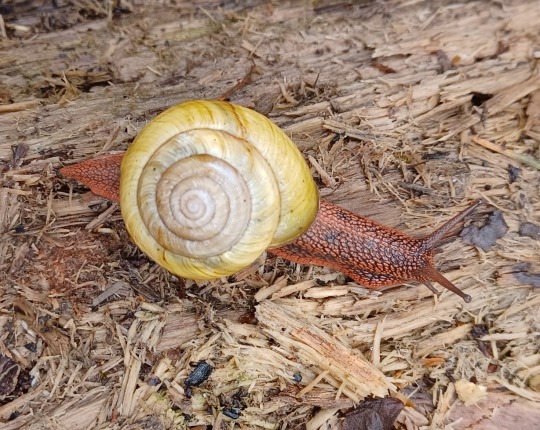
That is a Pacific sideband snail (Monadenia fidelis), one of our native terrestrial gastropods (as opposed to several invasive species found in the PNW and beyond). What makes it stand out is that the shell is entirely lacking the usual brown background on which various stripes are overlaid; it looks more like the yellow shell often seen in some Haplotrema species, such as the native H. vancouverense.
This is a more typical specimen, found not far from our extra-pale oddball above:
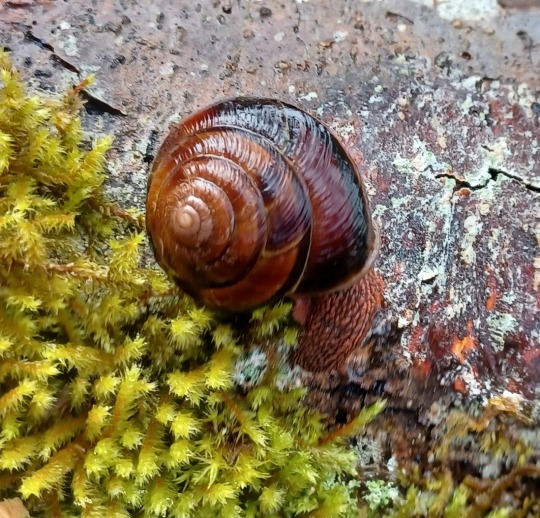
As you can see, the body color on the two snails is almost identical, so it's not albinism. I considered whether it might be a rare case of invertebrate leucism, but I was only able to find one reference thereof, in a paper on a single leucistic scorpion. I think, though, it's more likely just a normal variation where the brown pigmentation is at an extreme minimum.
It's not surprising that this mutation would be exceedingly rare; that yellow shell stands out like a beacon amid the darker colors of the forest floor, making any paler snails easier for predators to spot. OTOH, H. vancouverense is found in similar habitats and does have a typically yellow-colored shell, so maybe it's not as much of a liability. And when I looked at iNaturalist results for M. fidelis, there were a very few paler-shelled individuals mixed among the more common reddish-browns. They weren't clustered in one part of the species' range, but scattered throughout.
Anyway, I thought you all would appreciate seeing this!
#snail#snails#molluscs#gastropods#invertebrates#leucism#wildlife#animals#wild animals#Pacific Northwest#PNW#forest#Oregon#nature#hiking#natural history
335 notes
·
View notes
